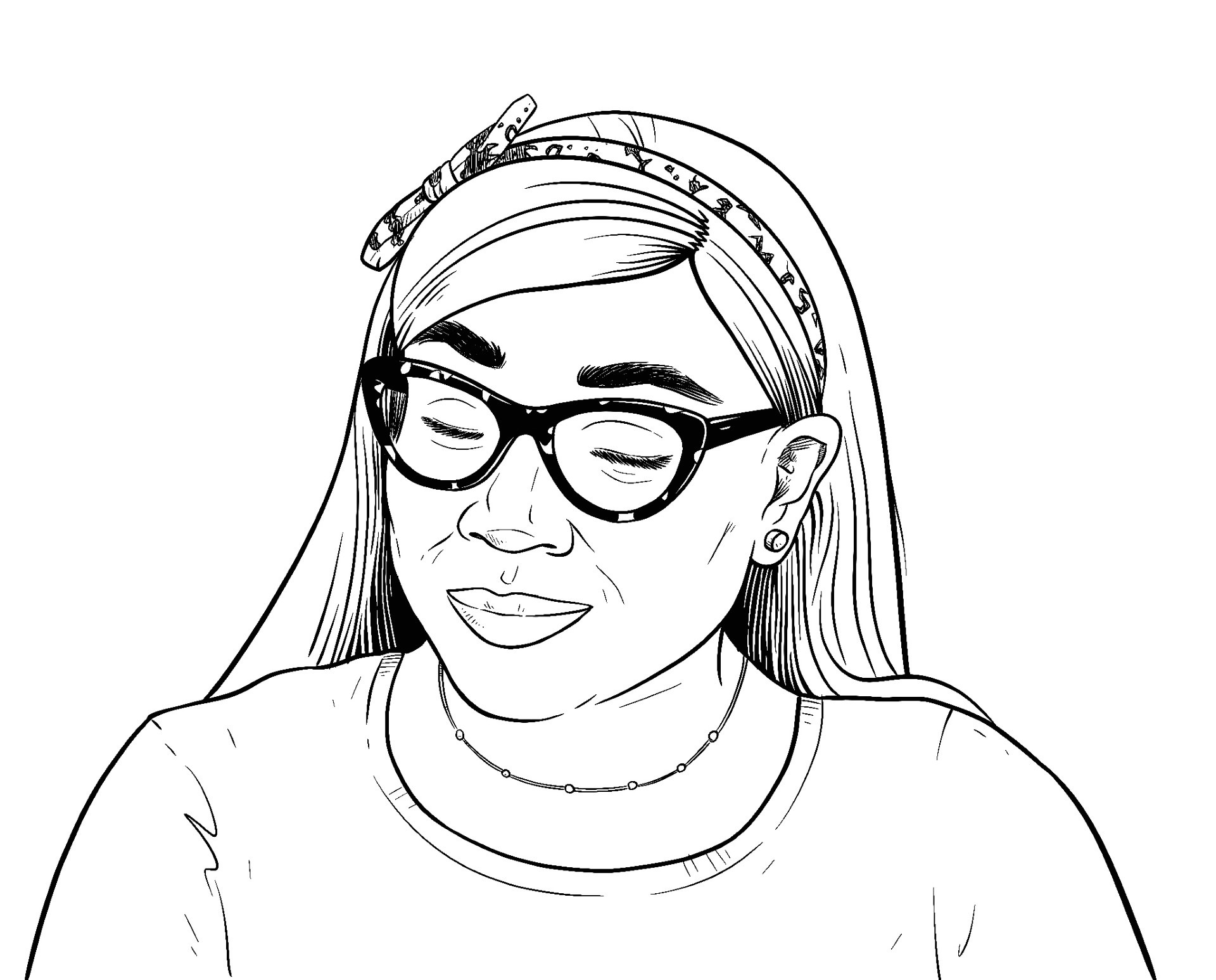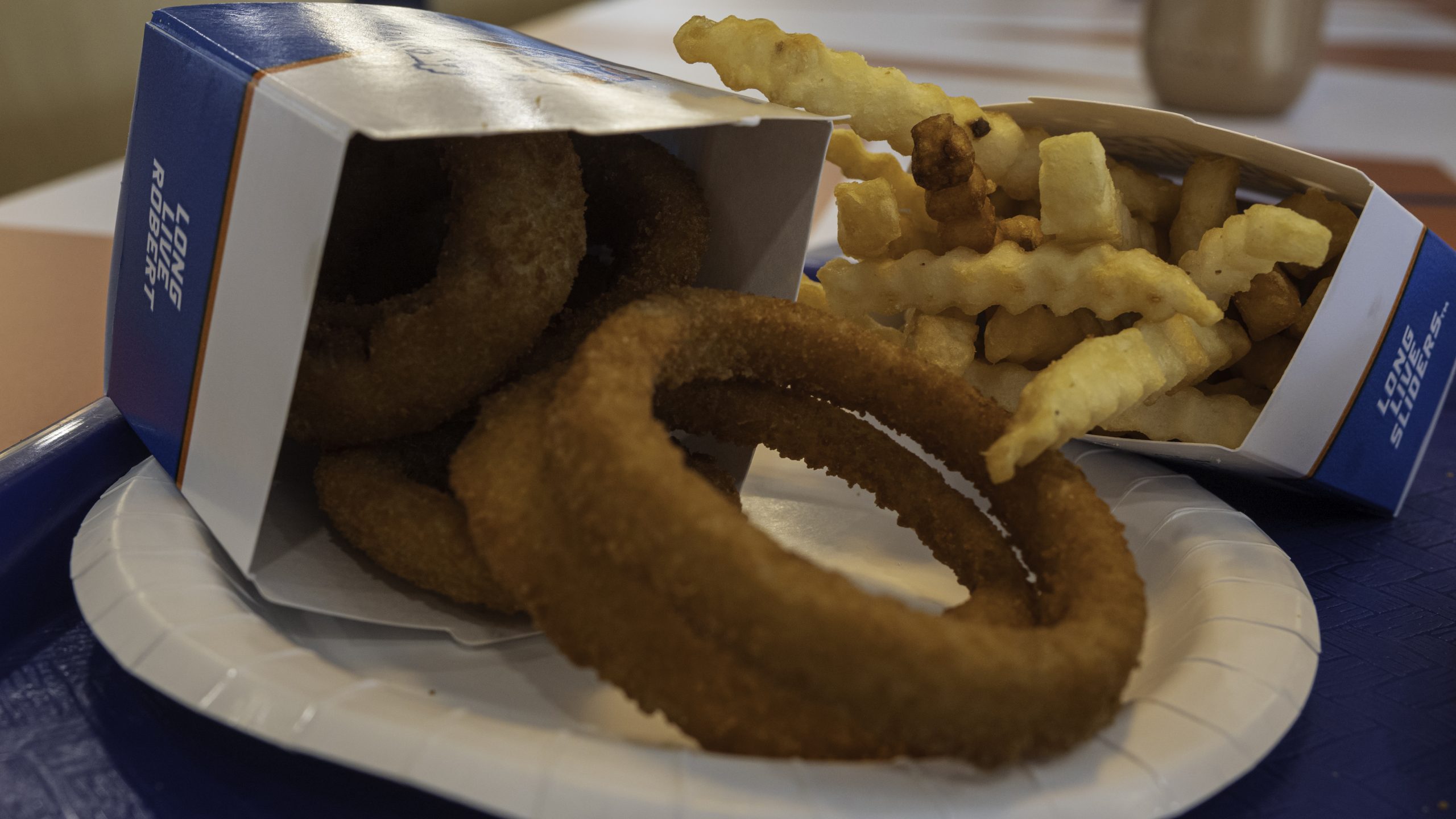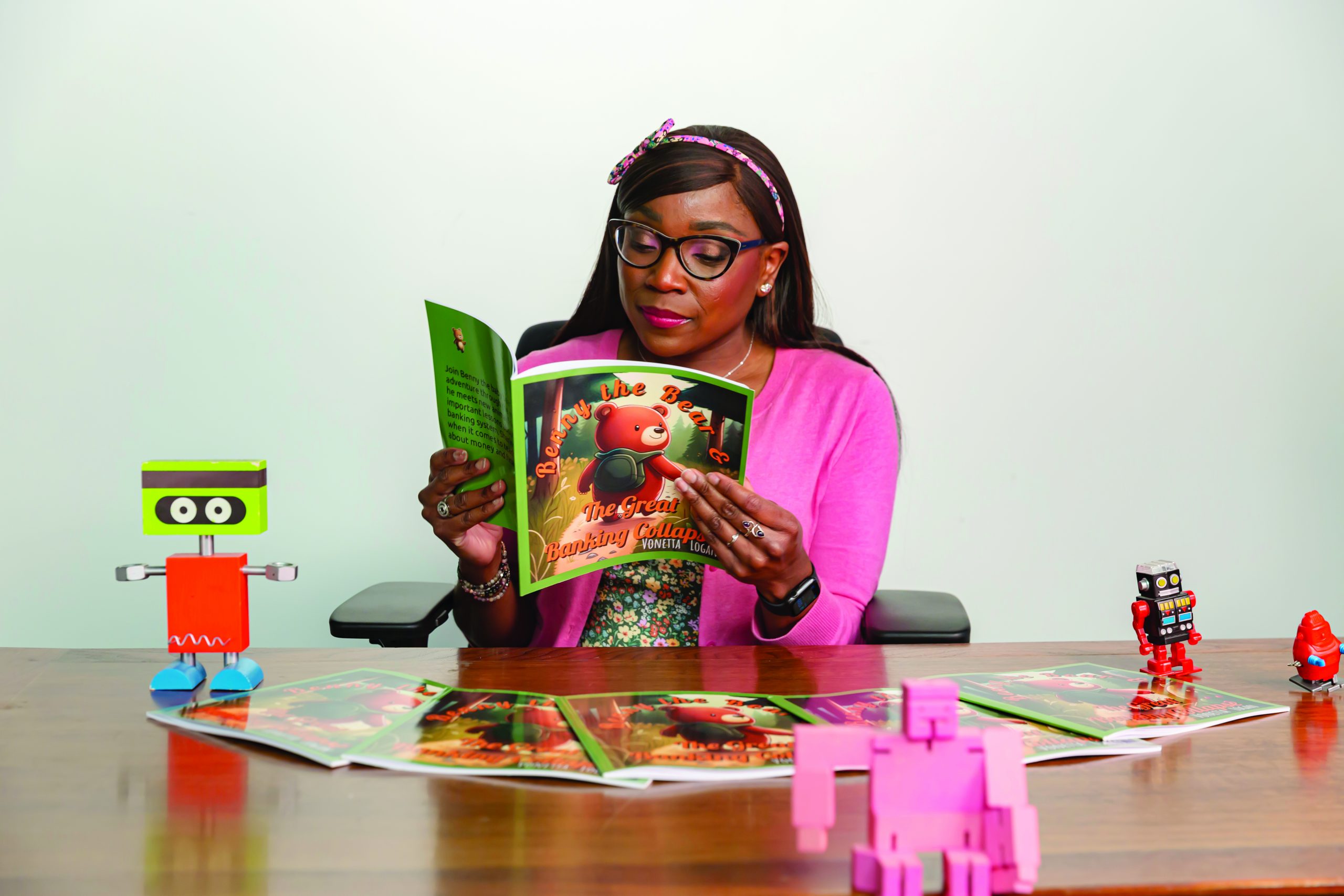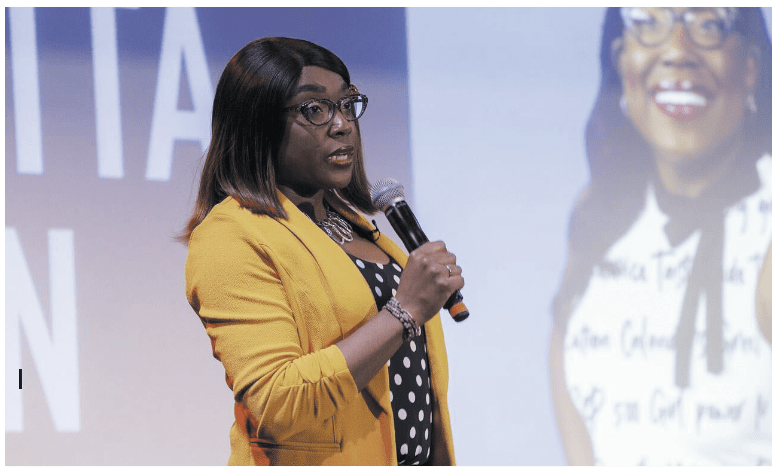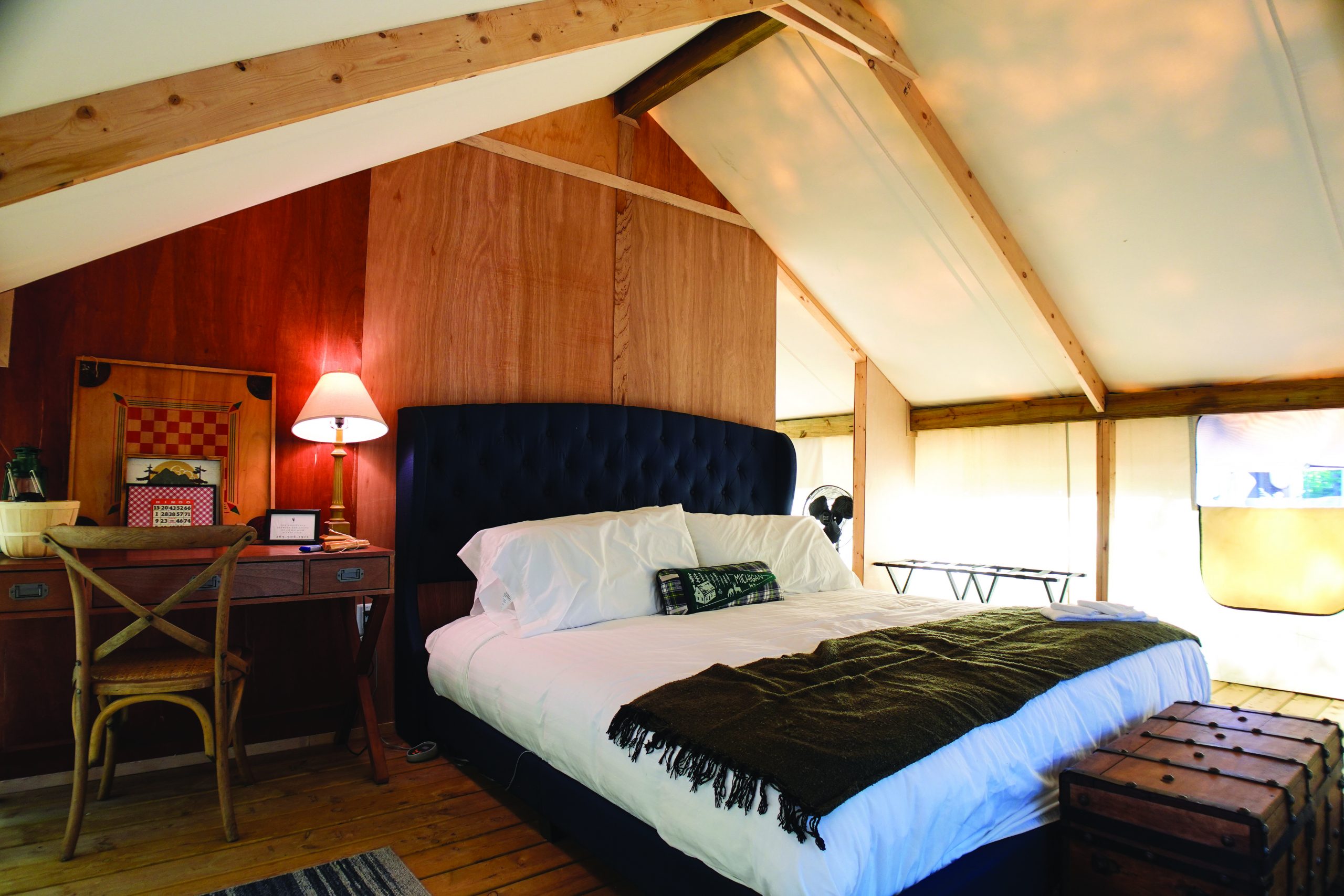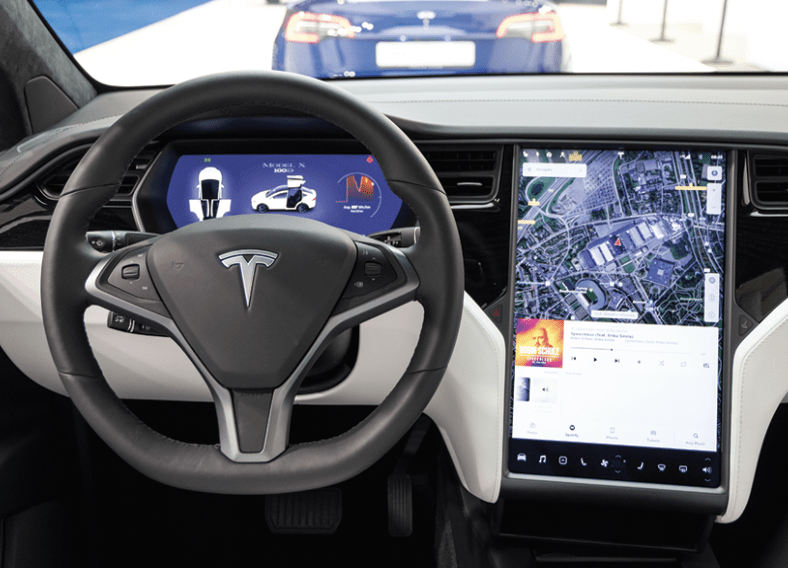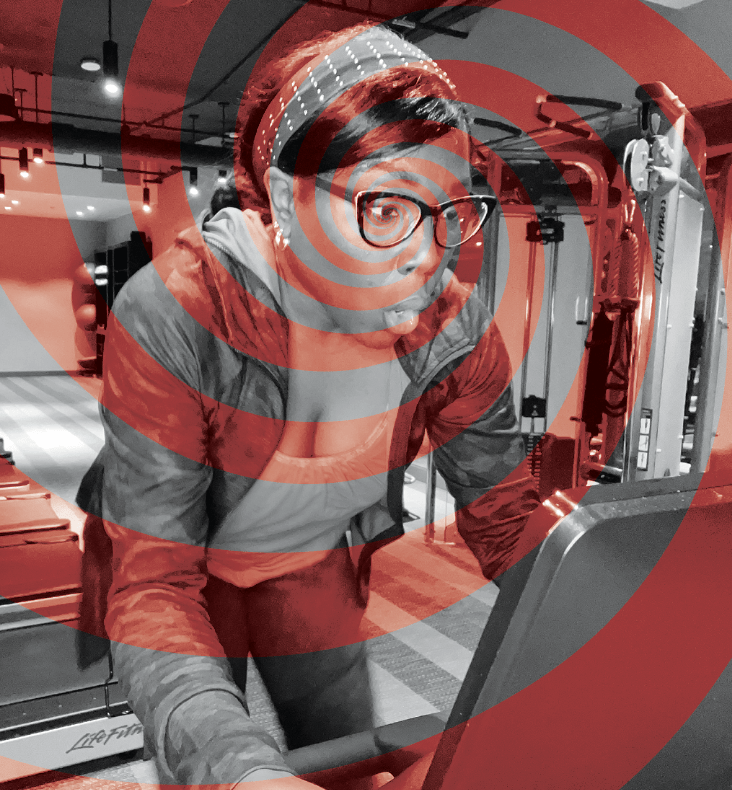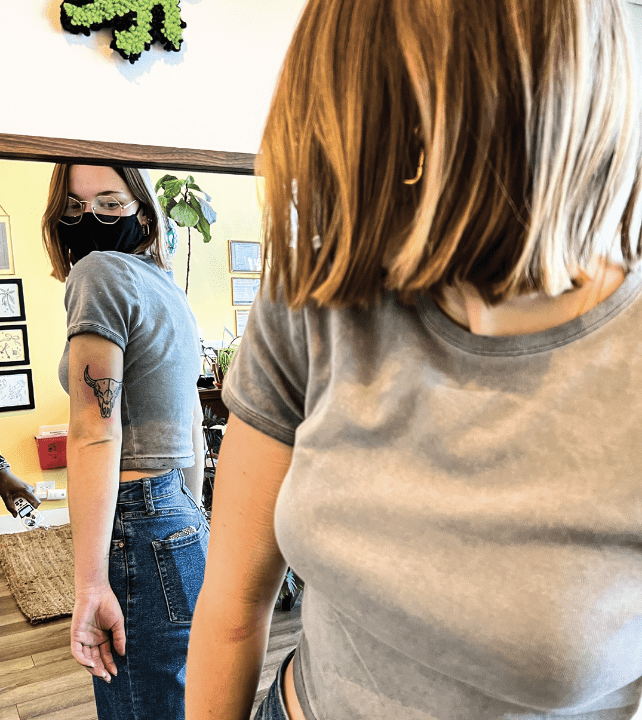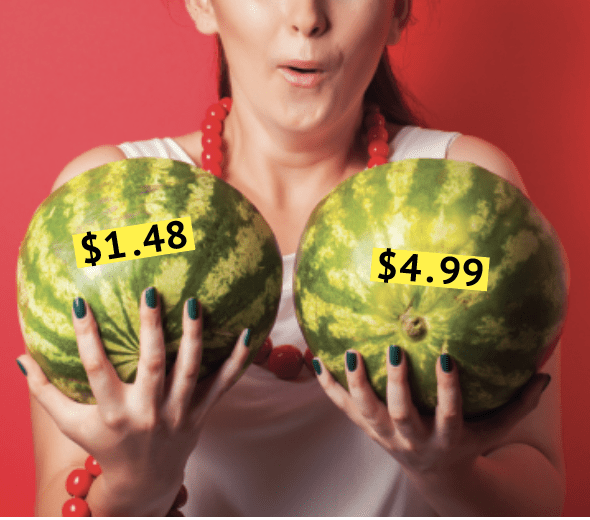Lockdown Economics
More than just food is at stake as the pandemic continues to menace America’s restaurants
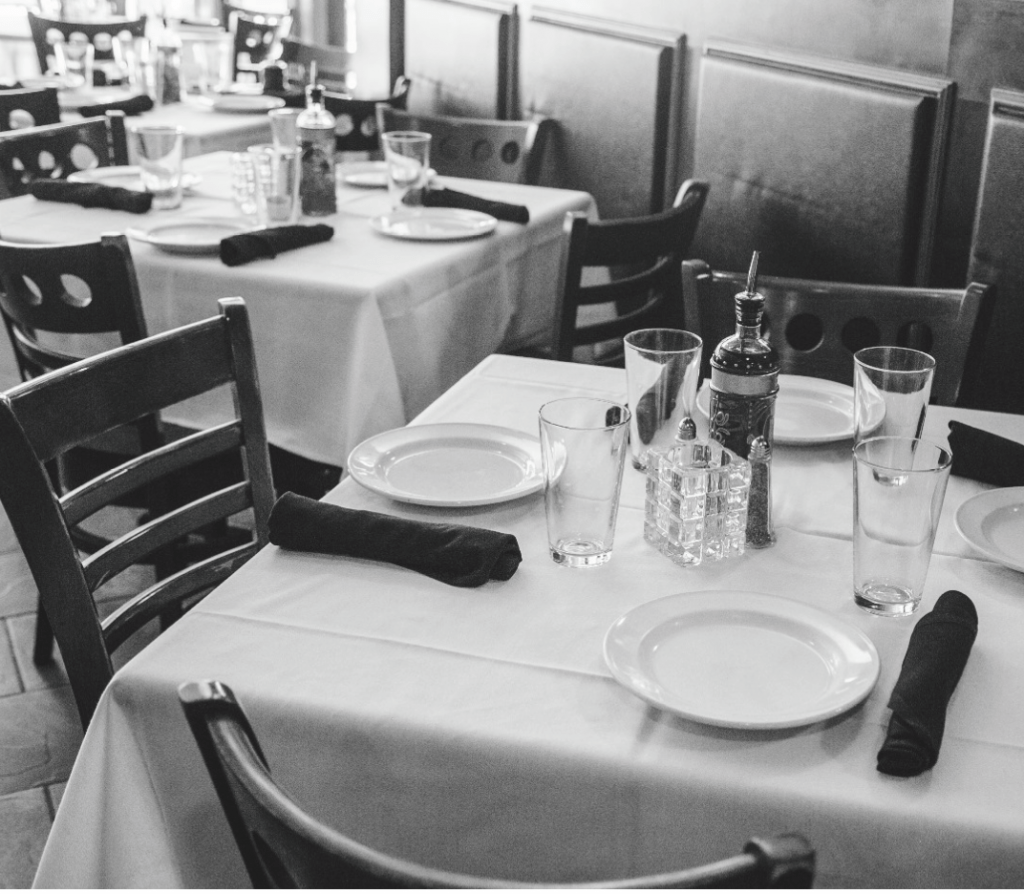
Let me tell you about my dad. He’s former military, in his 70s but still works, and he’s never met a cut of meat that he doesn’t like. He’s a foodie even though he hates the moniker. Traveling with my boomer parents is an adventure—while my mom is up for dog sledding in Canada, all my dad cares about is what restaurants we’re going to explore. My mom and I mercilessly tease him about his penchant for planning his next food adventure while the plates are still being cleared. The happiest I have ever seen my father was at a tiny restaurant in Spain where he got his first taste of iberico ham. I tried not to be jealous, but my mom says he was smiling bigger than the day I was born. Restaurants wrap themselves around the human experience in ways that could fill this article with flowery rhetoric. Restaurants are the throbbing pulse of cities—who cares about your museums, you got any good places to eat? These bastions of happiness in my memories and in yours have been rocked by recent events.
The restaurant industry was hit hard by the COVID-19 pandemic. Statewide orders to shelter-in-place back in March took restaurant reservations from February highs (thanks Valentine’s Day) to nearly zero by April. The National Restaurant Association has reported that restaurants lost $30 billion in March, and $50 billion in April. Two-thirds of America’s restaurants are independent small businesses that employ 11 million workers while generating over $1 trillion in gross domestic product. Millions of restaurant workers are unemployed and facing permanent job loss. To get a feel for what restaurants are grappling with, Luckbox interviewed Frank Colaianni, the general manager of Viaggio Italian restaurant in Chicago’s West Loop neighborhood. He provided blunt insight into what it’s like to re-open a restaurant in the COVID era. “We’ve had to let about 90% of our staff go,” Colaianni said when reached via phone. The restaurant remained open for take-out and delivery, but those receipts pale in comparison to the revenue the restaurant used to generate.
At the time of our interview, Chicago was set to enter Phase 3, allowing outdoor dining, on June 3. “We’re waiting for guidance on what we can do with our outdoor patio. If we can extend it and how many additional tables we can get.” Normally there’s room for five tables, but COVID math means everything gets cut in half. Viaggio wants to expand across storefronts, but if the city says no, five outdoor tables will become two. Municipalities are working to ease the permit process for sidewalk seating, but for most restaurateurs, it’s a Band-Aid for a mortal wound. Viaggio is lucky, having landed funding from the Paycheck Protection Program (PPP), but Colaianni isn’t sure how long the luck will last. “We got the paycheck thing (a federal Paycheck Protection Program loan) and it gave us eight weeks of breathing room … but in another 45 days we have to see where we’re at.”
Scary reopening
Restaurant reopening is a two-headed monster that’s both blessing and curse. Can restaurants maintain outdoor seating in the sweltering heat of Vegas in August? Or in Florida during hurricane season? Even if you can eat indoors, can operating at 25% to 50% capacity cover the cost of reopening? In a scathing post on Instagram, Chicago restaurant owner Glenn Fahlstrom of Fahlstrom’s Fresh Fish Market explained why he decided to close permanently. “At 50% capacity it will be impossible to generate enough revenue to meet the ‘old expenses’ model, and with the new onerous restrictions put in place for servicing customers, it looks nothing like a restaurant should and more like someone at a freeway ramp asking for help. So i (sic) am closing Fahlstrom’s Fresh Fish Market.”
The government’s attempt to help is instead hamstringing restaurateurs. Rohini Dey, founder and owner of Chicago-based Vermillion restaurant wrote an op-ed explaining it this way: “The much-hyped Paycheck Protection Program (PPP) reached a fraction of independent restaurants, most of whom were unable to access it. Those who received funds are supposed to use PPP to cover eight weeks of payroll while shuttered, which is irrational—taking a loan to employ people while you’re legally closed makes no sense. Meanwhile, we keep accumulating losses and debt.” Restaurant owners are calling for more lenient terms like extending the forgiveness part of the loan until the end of year, and for allowing loans to be used for other expenses like rent. The PPP program has frustrated minority-owned restaurants because most loans benefitted high-revenue restaurants that already had lines of credit with big banks.
Despair
For Colaianni, Viaggio is experiencing three varieties of despair. Off-the-street customers aren’t their only source of revenue. The brightly lit, authentic Italian restaurant known for its rich-bodied Chianti and Rigatoni with Sunday pork gravy also relied heavily on patrons heading to the nearby United Center for a Bulls or Hawks game, or the latest concert from artists like John Mayer. “With no United Center, no concerts, no things like that, we don’t know what that looks like going forward.” He stresses Viaggio can’t even make a business forecast because no one knows when sports will return with actual fans in the seats. Viaggio will also struggle with the fallout from the cancellation of hundreds of millions of dollars of convention business that brought in diners with fat expense accounts. It’s another level of pain for urban restaurants.
Is 25% to 50% of capacity worth the cost of reopening a restaurant?
Colaianni is confident that if occupancy can rise above 75% there could be light at the end of the tunnel. But as Fahlstrom mentioned in his Instagram screed, onerous restrictions mean restaurants will have unforeseen costs. “There must be a list of expenses that are just lying dormant right now that we have no choice but to incur,” Colaianni says. Previously unknown expenses could arise from personal protective equipment for employees, sanitization stations and disposable goods. Re-opening isn’t a magic trick where restaurants say “ta-da” and suddenly have customers filling every table. According to the research firm Datassential, as many as 68% of customers will initially avoid returning to restaurants, and 20% will be nervous when they do.
There’s also the issue of labor. Under the CARES Act, hospitality workers have seen substantial additions to their normally anemic unemployment payouts. Luring workers back into the fold may prove challenging. Colaianni agrees that furloughed workers have it better sitting at home versus coming back to work. At a concert you can leave your mask on, but when it comes to eating, the masks have to come off, and the risk increases.
A need for best practices
The restaurant model has been broken for a while, and who knows what will happen moving forward. Restaurateur Dey writes, “Restaurants run at terribly low margins with astonishingly high failure rates and often exploitative terms for our employees. Much of this is for sheer survival and not because of rapacious owners rolling in money.” But industry estimates forecast that 25% to 50% of restaurants won’t be able to survive post-pandemic. “It was a big eye-opener,” Colaianni says. “You can see a lot of the flaws that you had in your expenses that you never really looked at before. [Restaurants] had to get creative, and that creativeness is probably what they should have been doing all along to be profitable.” Some establishments have pivoted to become independent grocery stores, some have become “ghost kitchens,” where they cook meals for delivery but don’t operate a storefront, and others have relied more on merchandise sales. While innovative, it isn’t enough for a sustainable future.
The Independent Restaurant Coalition, a group representing 50,000 restaurateurs, is pushing Congress to pass a $120 billion relief fund for local restaurants. The National Restaurant Association, a powerful lobbying group that represents 380,000 businesses, has called upon Congress to provide $240 billion in relief to restaurants. But who knows if the funds will arrive before restaurants have to turn off their burners. “We work so we can live, and eating out is thrilling—whether trying a new place or an old, comforting haunt,” writes Dey. “Dining and drinking with friends around a table is something no amount of online chatting or takeout can match. Our restaurants could be the last bastion of social interaction in our increasingly insulated, technology-driven lives.” Hopefully they are bastions that can remain standing.
Vonetta Logan, a writer and comedian, appears daily on the tastytrade network and hosts the Connect the Dots podcast. @vonettalogan


